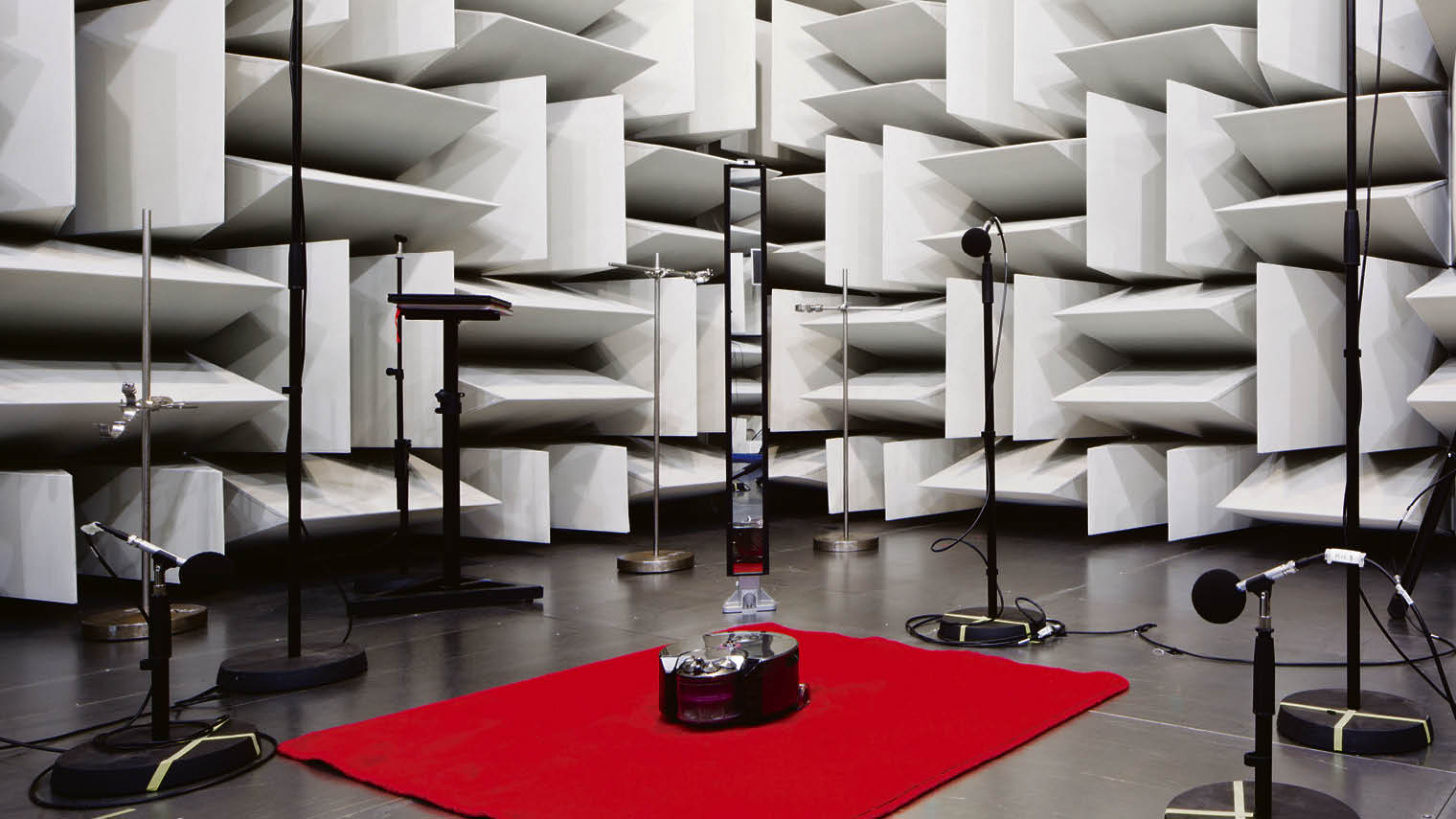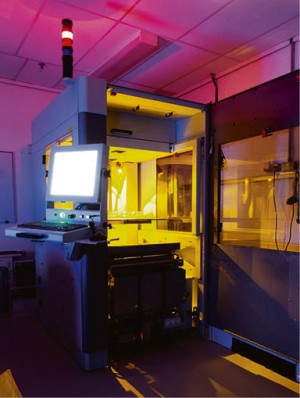Technology should solve everyday problems and the connected home is only meaningful when it makes our lives easier. For Dyson the focus is on creating intelligent technology, and enabling hardware and software to work together to develop machines which understand their environment, respond to it and improve it.
Take the Dyson 360 Eye™ robot vacuum; unlike some other robotic vacuum cleaners on the market, the Dyson 360 Eye™ is a vacuum cleaner first and foremost. Powered by the Dyson digital motor V2, it has twice the suction power of other robotic vacuum cleaners[1], and its patented Radial Root Cyclone™ technology captures microscopic dust and dirt particles.
But this machine also has a 360-degree panoramic camera, enabling it to map your home so it knows where it is, where it has been and where it has yet to clean. It moves systematically throughout your home, navigating furniture to ensure it uses its available charge efficiently, before heading back to its base station to recharge.
This technology connects to the Dyson Link app, which means you can stay in control even if you are out and about. It enables you to start, pause and stop the machine as and when you want to, as well as schedule a clean from the other side of the world, if you so wish. You can also access maps to see where it has cleaned in your home.

Testing the Dyson 360 Eye in the anechoic chamber
It is only by using data, fusing hardware and software, that the technology can be developed. And this requires the world’s brightest minds across a range of disciplines, including artificial intelligence, machine-learning, hardware and software, robotics, fluid dynamics, vision systems, battery cells and super capacitors, acoustics…
The list goes on and Dyson now spends £5 million a week on research and development, and is the UK’s largest investor in robotics. They are looking to recruit 3,000 engineers by 2020 and have active research projects with 40 universities, including a dedicated robotics lab at Imperial College London.
Last month they went a step further, announcing the opening of the Dyson Institute of Technology, teaching high-quality engineering degrees alongside jobs at Dyson’s Research and Development Campus in Wiltshire. They are leading the charge to find bright minds to tackle today’s problems and frustrations. And it’s a fulfilling time to be an engineer because the world is full of problems which need urgent solutions, not least of all air pollution. Stories of smog and dangerous levels of pollution have dominated headlines, and increasingly this problem is being felt in the Western world.
That’s why Dyson are working with startups such as Israel-based Breezometer that provide outdoor air quality data in real time which, when combined with Dyson’s purifier technology, gives users a clear understanding of air quality of the environment they are in and the ability to improve it.
The focus must be on creating intelligent machines, which enable homes to understand what we want, responding to changes in the environment and taking care of our needs before we even ask
This is important as the air we breathe inside our homes can be up to five times worse than it is outside. Worrying considering the average person spends as much as 90 per cent of their time inside[2], in homes and offices that are often sealed to keep heat in and noise out, the invisible consequence of which is that toxins can’t escape.

Dyson 360 Eye
Examples of these everyday toxins include chemicals given off by items in the home such as the foam in textile-covered furniture and scented candles. But there is also dead skin, pollen and mould to contend with, as well as the fumes emitted from gas hobs, cooking, air fresheners and cleaning products.
Internal sensors monitor and detect any changes in air quality, before automatically adjusting airflow to ensure standards are maintained. The room is also kept at your target temperature using thermostat-based heat controllers to ensure the heating goes on when you need it and off when you don’t.
But the Dyson Pure Hot+Cool Link™ purifier fan heater’s specially designed 360-degree glass HEPA filter captures 99.95 per cent of hazardous particles as small as 0.1 microns. So the Dyson Pure Hot+Cool Link™ purifier fan heater circulates purified air around the room. The Dyson link app allows you to see the improvement the technology is making – giving real tangible benefits.
The connected home is in its infancy. But what is clear is that the focus must be on creating intelligent machines, which enable homes to understand what we want, responding to changes in the environment and taking care of our needs before we even ask.
For more information please visit www.dyson.co.uk
[1] Suction test based on IEC 60312-1, CI. 5.8 and 5.9 loaded with dust
[2] Combined or multiple exposure to health stressors in indoor built environments, World Health Organization Regional Office for Europe, edited by Dimosthenis A. Sarigiannis, p. 9, 2013
